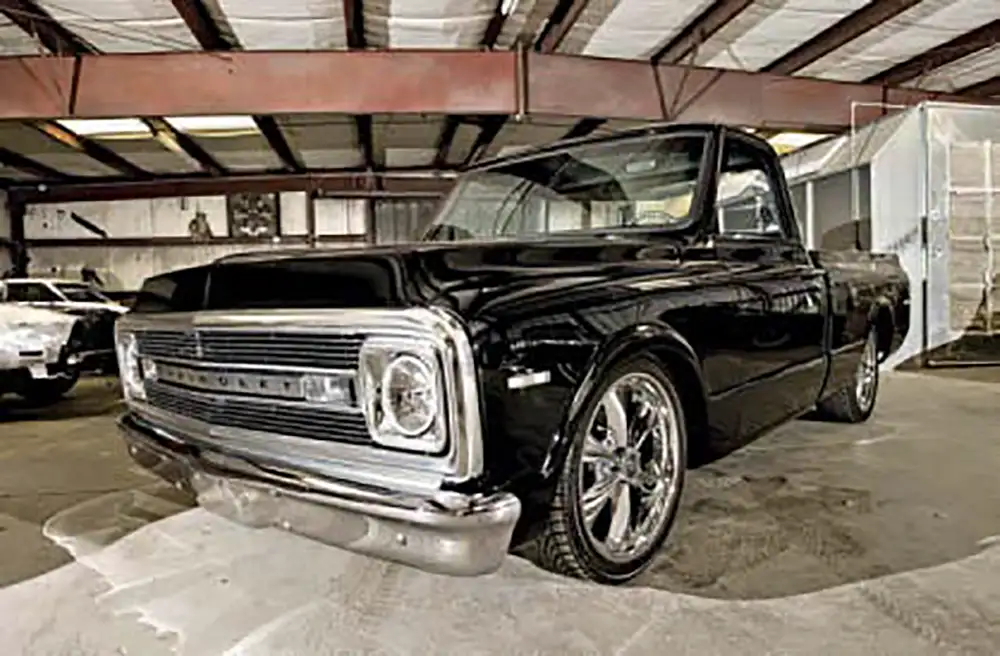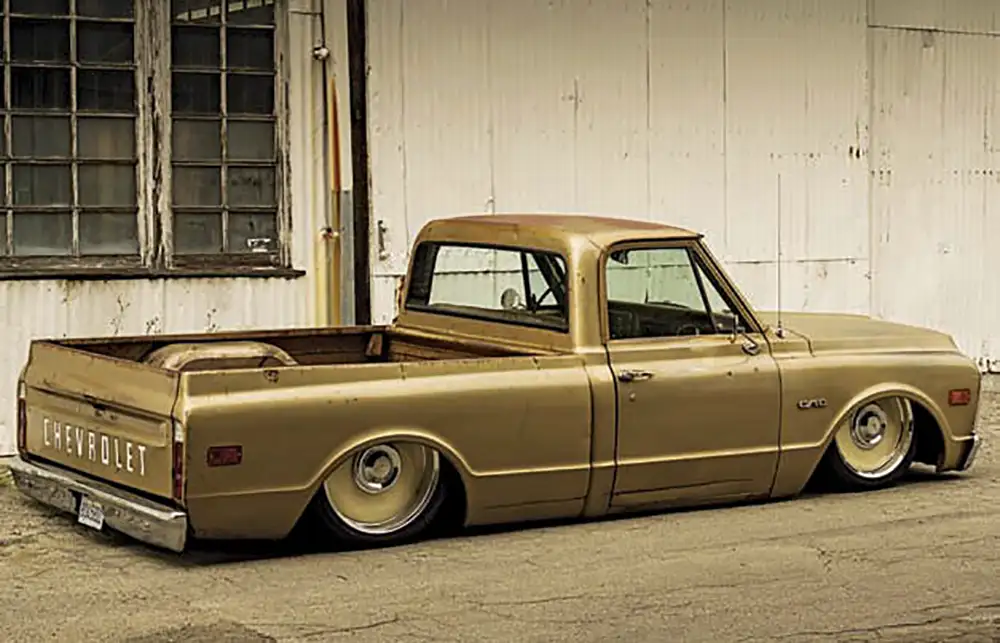 STREET TRUCKS STAFF
.
April 17, 2025
.
Department
STREET TRUCKS STAFF
.
April 17, 2025
.
Department

There’s one debate that might rival that of presi- dential candidates, paper vs. plastic, red or white wine—paint vs. patina. They both have their place, though, and it’s all up to only one person to decide—you.
Patina allows the historical character and vehicle use to come through. It can tell a story and showcase a mottled look that exudes just as much beauty as a custom paint scheme. It can also fool the uneducated if used in a sleeper- style build with a classic patina on top and modern suspension, brakes and performance underneath. These improvements allow owners to drive and enjoy their trucks just as they would a new vehicle that features all of the modern conveniences and reliability, while maintaining a classic look.
Painted and polished finishes will al- ways be the mainstream, after all, most people want to build and show their truck using the best parts, work and fin- ish possible. The finished product is a source of pride reflected in deep paint. Many don’t accept a vehicle as being complete until paint has been applied and polished to perfection. The paint scheme is another piece of the custom vehicle puzzle that allows creative touch- es to be applied. The fit and finish can be something to be admired and lend to the overall look and theme of the truck.

Faux-tina, is a whole ‘nother argument that has both patina and paint proponents joining together to battle a third party. It’s about style, moderation and year. An older car or truck with minor paint imperfections would be a good candidate for moder- ate faux-tina using paint thinner, a Scotch Brite pad or a buffer. The finish will never be perfect, so adding charac- ter is fine. Going full out and putting as much work into a faux-tina paint job as one would for a normal paint job seems counterproductive, though, especially when applied to a newer vehicle. Faux- tina works best with certain themes, like shop trucks or old school race trucks and hot rods.
There’s nothing wrong with helping a patina finish along to create the exact look you are going for. It’s all in the details and what makes sense structurally and aesthetically. The hood, roof and body line edges see the most sun and water, making them the most susceptible to damage, aka patina. But areas on the truck that see a lot of use, like door handles, bed rails and the tops of doors are good candidates for patina, too. It can be tough to find a per- fectly patina’d vehicle because many owners repaint or primer older trucks to stop the effect or prevent rust—and there’s a big difference between rust and patina. Patina is worn and faded paint with hints of surface rust. A rusted out vehicle is just plain brown rust. It’s not pretty and it can be downright unsafe.
The choice is ultimately up to you. After all, it’s just metal, it can always be finished, redone or changed. The most important thing is to enjoy your truck, no matter the number of scratches or hours of polishing invested. ST
Share Link